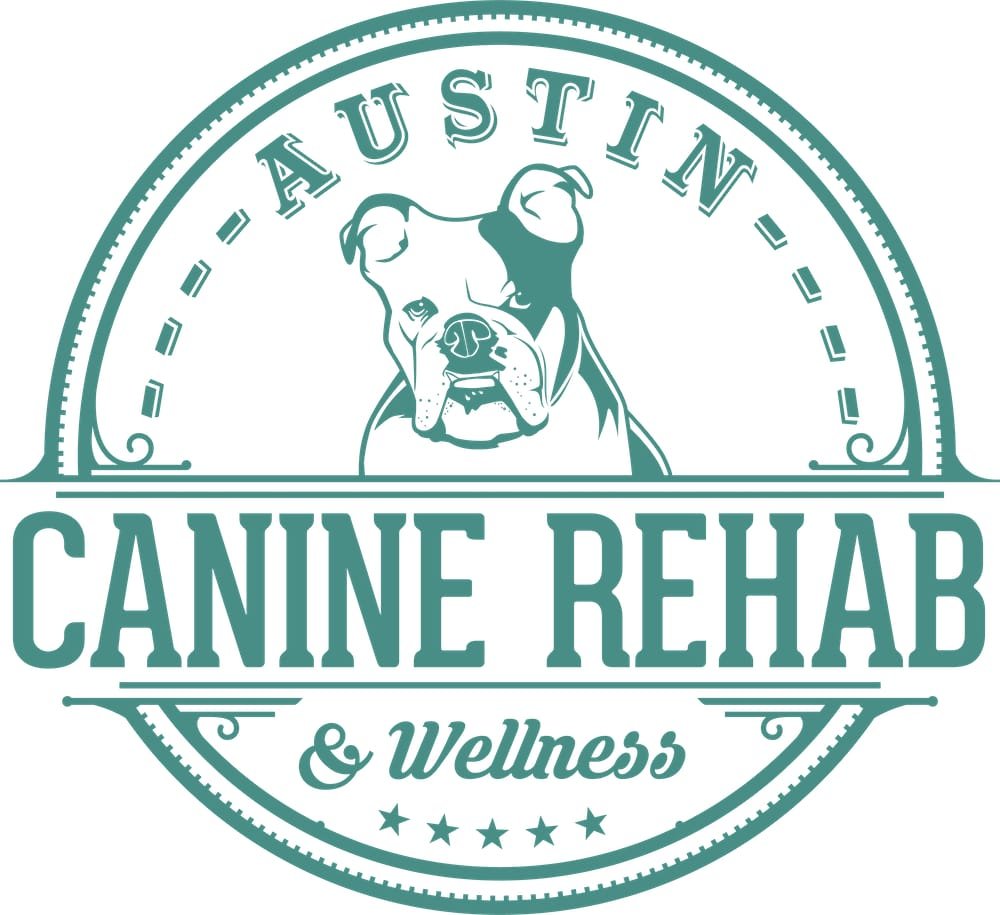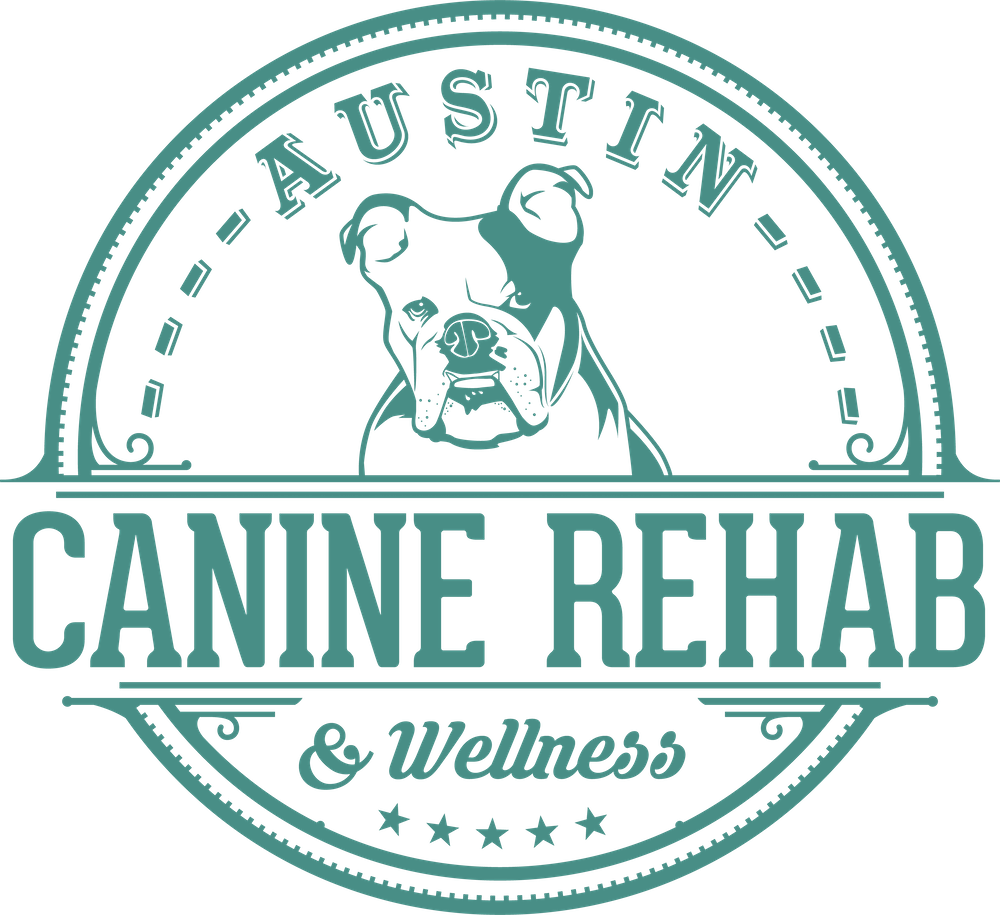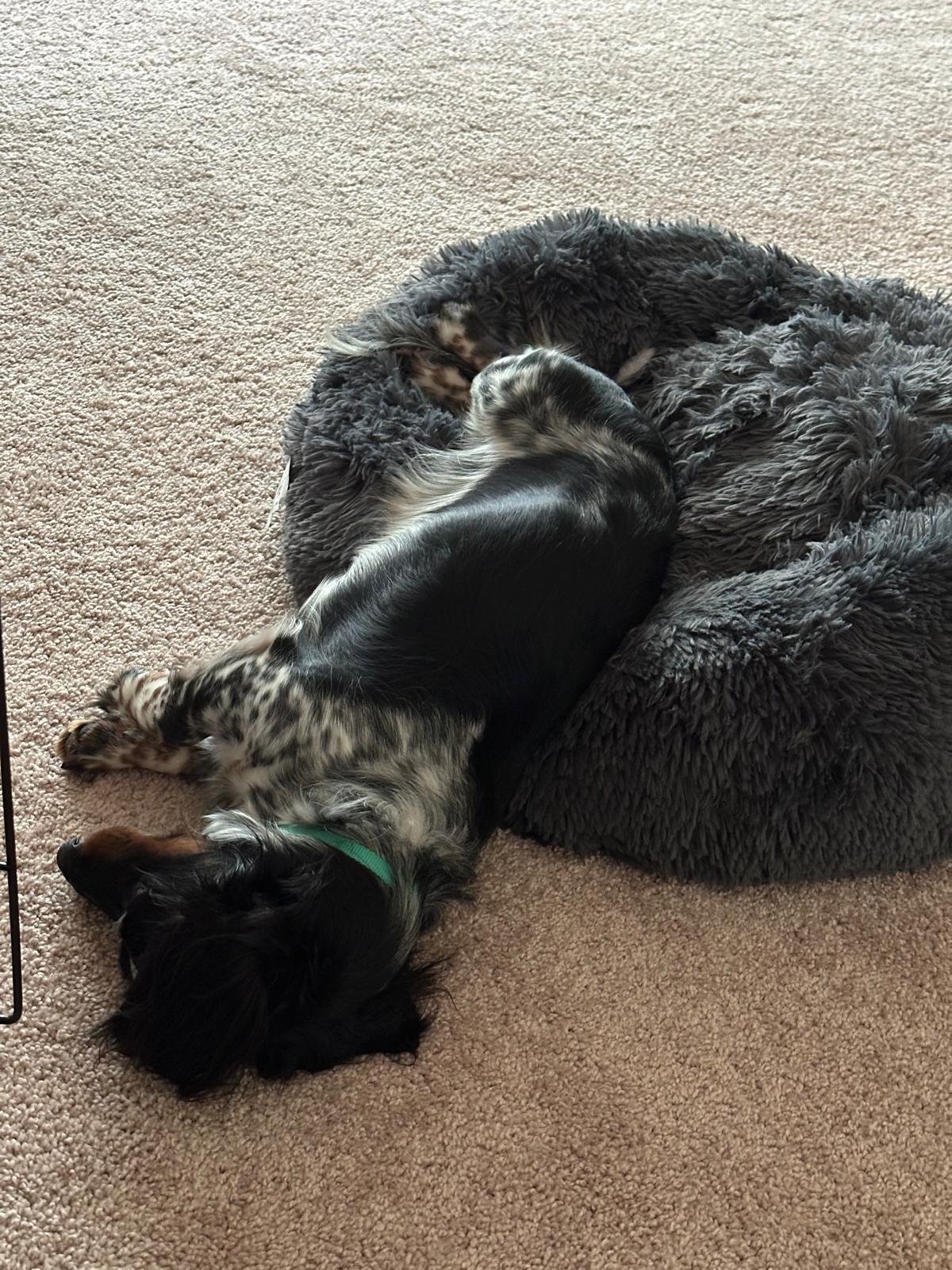Best Positions for Dogs with IVDD: Resting, Sitting, Standing, and More
If your dog has been diagnosed with IVDD, you probably have a lot of questions about how to help your furry friend be comfortable throughout the day. Even the minor things that you never thought about before – like how the dog sits or sleeps – now become major points of concern.
We’d like to help put your mind at ease a bit on this page. What is the best position for a dog with IVDD? How do you know when to get help? Using the instructions below for how your dog should be cared for, you’ll feel confident in helping your pet be as happy and healthy as possible.
The Best Resting Positions for a Dog with IVDD
Allowing your dog to lie on his or her side is one of the best positions they can use while dealing with IVDD. This is a good position because it keeps the spine straight as the dog rests – which is ideal in this situation. The goal throughout this process is to avoid putting extra pressure on the vertebral discs, and having your dog lay on his or her side is a perfect way to do just that.
To promote safe resting, provide your dog with something supportive like an orthopedic bed. This will help them land in a neutral spine position that is comfortable and makes it possible to rest without too much of the nagging pain they have been facing recently.
Ideal Sleeping Positions for Dogs with IVDD
Not surprisingly, the best sleeping positions for a dog with IVDD are going to look a lot like the ideal resting positions.
That means having your dog sleep on their side is ideal, especially if you have provided them with a supportive bed that will distribute their weight evenly. With any luck, this is the position that your dog will naturally pursue, as it should take pressure off of the parts of the spine that are causing them discomfort.
Best Sitting Positions for Dogs with IVDD
Sitting can be a difficult position for a dog with IVDD. The strain that is placed on the back while sitting is going to be uncomfortable, and the dog will likely resist any encouragement to sit when the discomfort becomes too significant.
If your dog is going to try to sit, or you want to maintain this skill while working through IVDD, providing support can be helpful. An elevated sitting position, where the dog sits back on to a bolster or cushion, can be more comfortable and sustainable than an unsupported sit. Each case is unique, so it might take some experimenting to find a sitting position for your dog that is comfortable given their condition.
Proper Standing Positions for Dogs with IVDD
Standing is often uncomfortable, and even difficult to sustain, for dogs with IVDD. Finding a standing position that doesn’t put any unnecessary strain on the spine or joints is important, but not always easy to accomplish. It’s a good start to encourage your dog to find a balanced position on level ground, as this will distribute the pressure evenly across the body.
For some dogs, supported standing with the use of a harness is going to be helpful. We recommend the quality support harnesses from Help ‘Em Up as an excellent option for dogs who are dealing with IVDD. While the use of a harness can go a long way, it’s also practical to simply limit standing time while your dog is working through IVDD, as long periods of standing can significantly increase discomfort. Instead, shorter but more frequent bouts of movement are recommended.
Using Supportive Bedding and Accessories to Support Recovery
Creating a comfortable yet supportive environment for your dog to rest is important while IVDD is present.
One of the best things you can invest in during this time is a supportive orthopedic bed that offers a firm resting spot. It might seem like something soft and squishy would be cozy, but such a soft surface can actually be harmful and make it difficult for the dog to get back up.
There are other steps that can be taken to help your dog get good rest while uncomfortable. For example, calming dog music can be played in the background to offer some comfort and a peaceful setting – especially for dogs who are particularly anxious when they hear noises outside. Also, a dog-calming pheromone spray like Adaptil can be applied to bedding to help the dog feel more relaxed.
Adjusting Positions During Recovery
One of the keys to long-term IVDD recovery, and to getting comfortable rest, is to make sure your dog doesn’t stay in the same position for too long. Since your dog is likely resting a lot during this time, there is a risk of developing sore spots or causing stiffness in other parts of the body.
As a good rule of thumb, make it a goal to change your dog’s position every two to three hours if they are unable to change their own body position. Of course, as your dog is currently uncomfortable as a result of the IVDD, always perform movements slowly and gently and don’t force the action. You can use a sling or harness if additional support is required.
When to Seek Professional Care
Paying close attention to your dog’s overall health is the best way to know when it is time to look for professional help. This could mean paying a visit to the vet or calling Austin Canine Rehab to look into treatment options. If your dog is uncomfortable throughout the day or appears to be in nearly constant pain as a result of their condition, it’s time to get assistance. The sooner you seek care, the sooner your dog can get on the road to recovery.
Turn to Austin Canine Rehab Today for Assistance
It’s no fun to watch your pet go through IVDD, but you can take a proactive role in their recovery by understanding what positions will be best for their comfort. To pursue rehabilitation treatment with a friendly and experienced team of professionals, take a moment today to reach out to Austin Canine Rehab and we will be happy to discuss your pet’s needs. Thank you for stopping by!
Frequently Asked Questions
-
An orthopedic bed that features firm foam support is an excellent choice for a dog in this situation. The spine will be nicely supported by this type of bed and a quality model will continue to perform well for a long period.
-
If possible, help your dog find a new resting position every couple of hours to avoid developing pressure sores or other issues from staying still too long.
-
It’s a good idea to provide your dog with some additional pillows or cushions during the recovery process. If you simply place these cushions around their bed, the dog may figure out how to use them in a comfortable manner – or you can try to gently tuck them in around the dog for support.
-
Working directly with a rehab therapist will allow you to understand the specific needs of your pet and how you can be of assistance to the dog from day to day during recovery.





